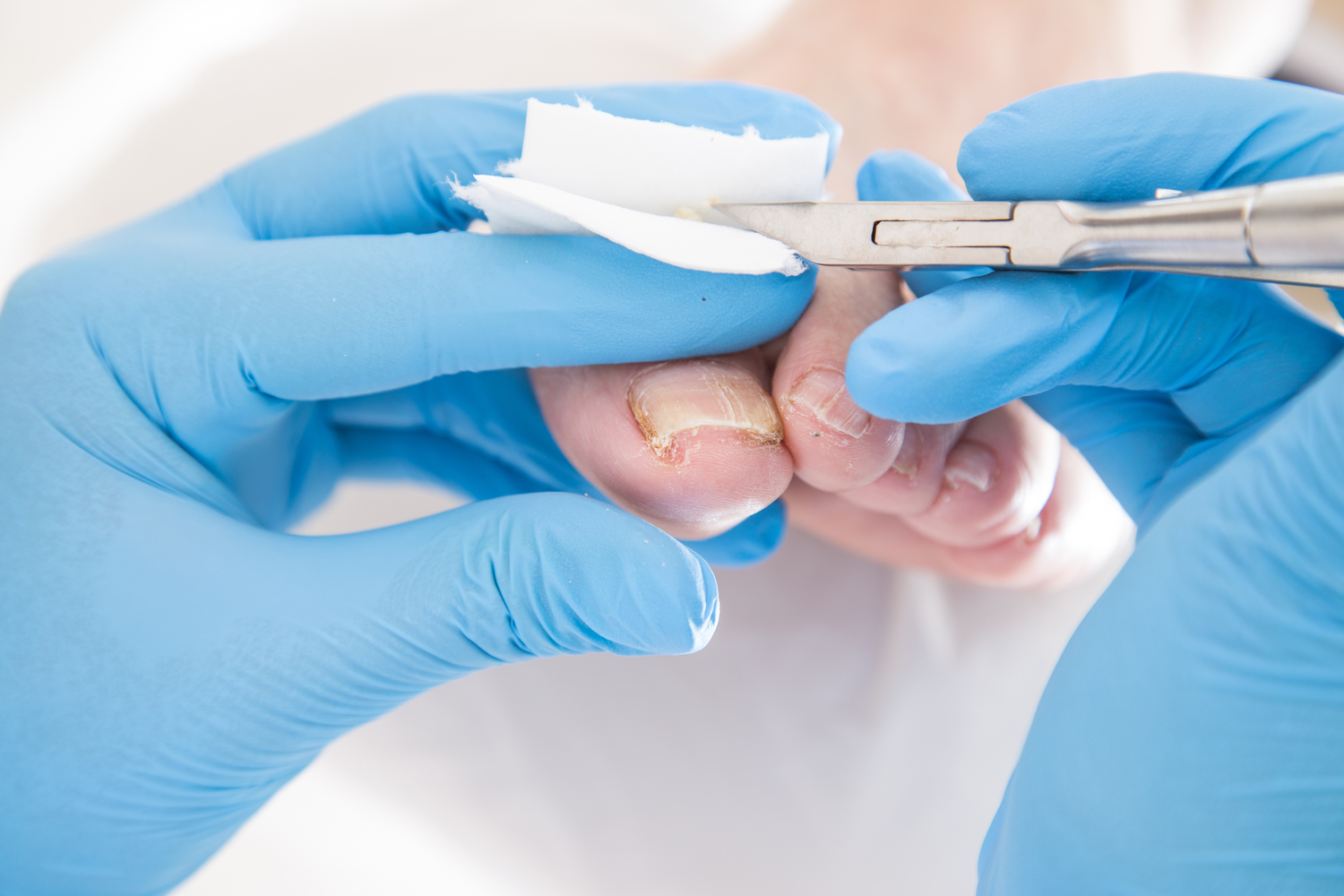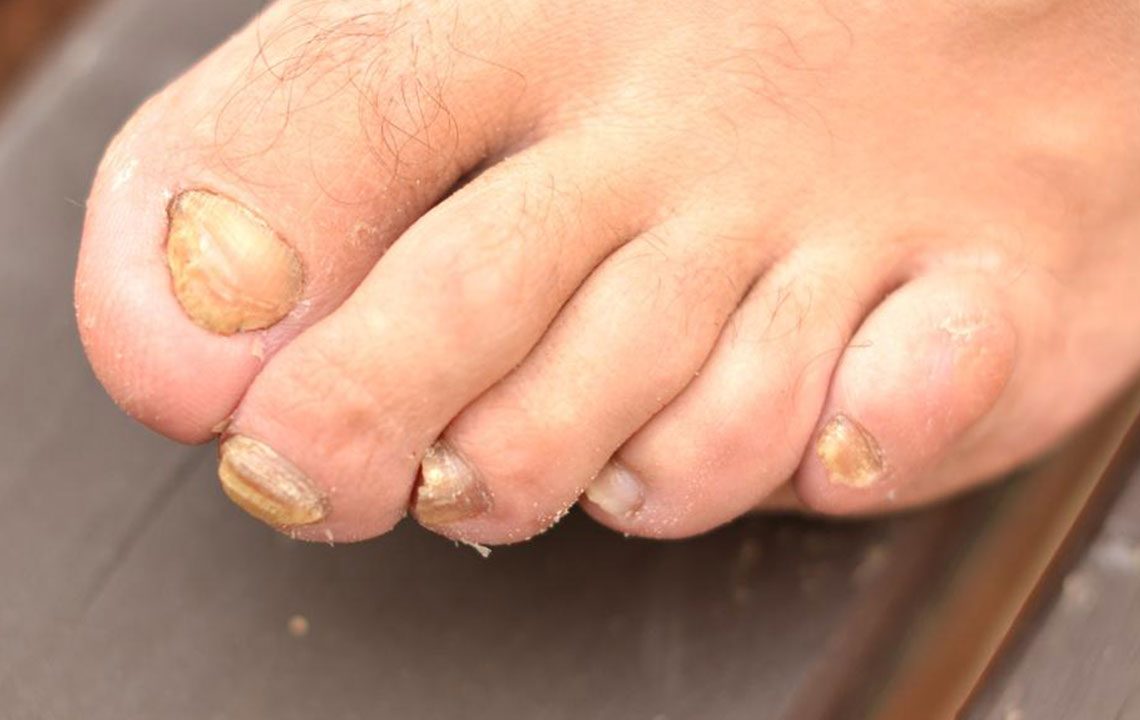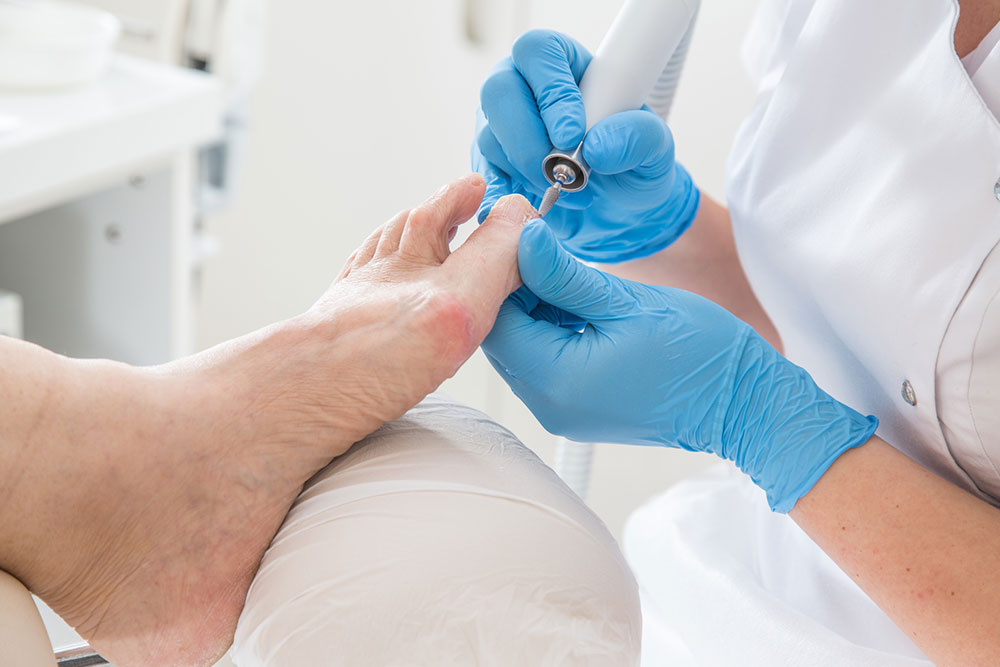Effective Strategies for Treating and Managing Toenail Fungal Infections
Learn about signs and effective treatments for toenail fungal infections. From medications to home remedies, discover ways to manage and eliminate fungal issues, prevent recurrence, and maintain healthy nails. Early treatment is key to avoiding complications and ensuring quicker recovery.

Effective Strategies for Treating and Managing Toenail Fungal Infections
Toenail fungal infections are a widespread issue, often starting as a white or yellow spot beneath the nail tip. Over time, the nail may turn discolored, thicken, or crumble around the edges as the fungus spreads. While mild cases might not require treatment, more advanced infections causing pain or nail thickening benefit from remedies and medications. Fungal infections tend to recur even after treatment. Continue reading to identify symptoms and explore effective methods to eliminate toenail fungus:
Symptoms
While toenails are most commonly affected, fingernails can also contract fungal infections. When properly addressed, these infections rarely cause long-term issues. However, those with diabetes or weakened immune systems may experience more serious complications. Signs include nails turning yellow or brown, thickening, brittleness, or crumbling. Dark debris may accumulate beneath the nail, and a foul odor could be present. Although painfulness is uncommon, visible changes are clear indicators of infection.
Treatment Options
Antifungal Medications
Doctors often prescribe oral or topical antifungal drugs to treat toenail infections. Combining both approaches can improve effectiveness.
Oral Antifungal Drugs
These tend to be the most effective for quickly clearing infections but may have limited success in seniors over 65. They promote the growth of new, infection-free nails over 6 to 12 weeks, with full results appearing after several months. Side effects like skin rash or liver issues may occur, so regular testing is advised—especially for those with liver conditions or heart issues.
Fungal Nail Polish
Applying medicated antifungal nail polish daily is a common treatment. The polish is applied over the infected nail and surrounding skin, then cleaned and reapplied weekly. Consistent use over nearly a year yields the best results.
Topical Antifungal Creams
Prescription creams are applied after soaking the nail. Thinning nails beforehand enhances medication penetration, improving outcomes. Non-prescription urea lotions can also be used to soften nails for better application.
Surgical Intervention
If infections are resistant, doctors may recommend removing the nail temporarily or permanently. This allows direct medication application or relieves pain caused by severe infection.
Home and Lifestyle Approaches
Use OTC antifungal creams or ointments on affected nails. File off white patches, soak nails in water, then apply medication after drying.
Keep nails trimmed and thin to reduce discomfort and better absorb treatment. Use creams containing urea or seek professional help for trimming if blood flow issues exist.
Prompt treatment of toenail fungus improves chances of clearance and healthy nail regrowth. Early intervention prevents spread to other areas or individuals. Treatment duration varies based on infection severity, often taking months. Relapses are common, emphasizing the importance of consistent care.
Important Note:
Our blog offers diverse information, but should not replace medical advice. Consult healthcare professionals for diagnosis and personalized treatment. The site may not reflect all available options or latest developments. Use this information as a guide, not a definitive solution.










